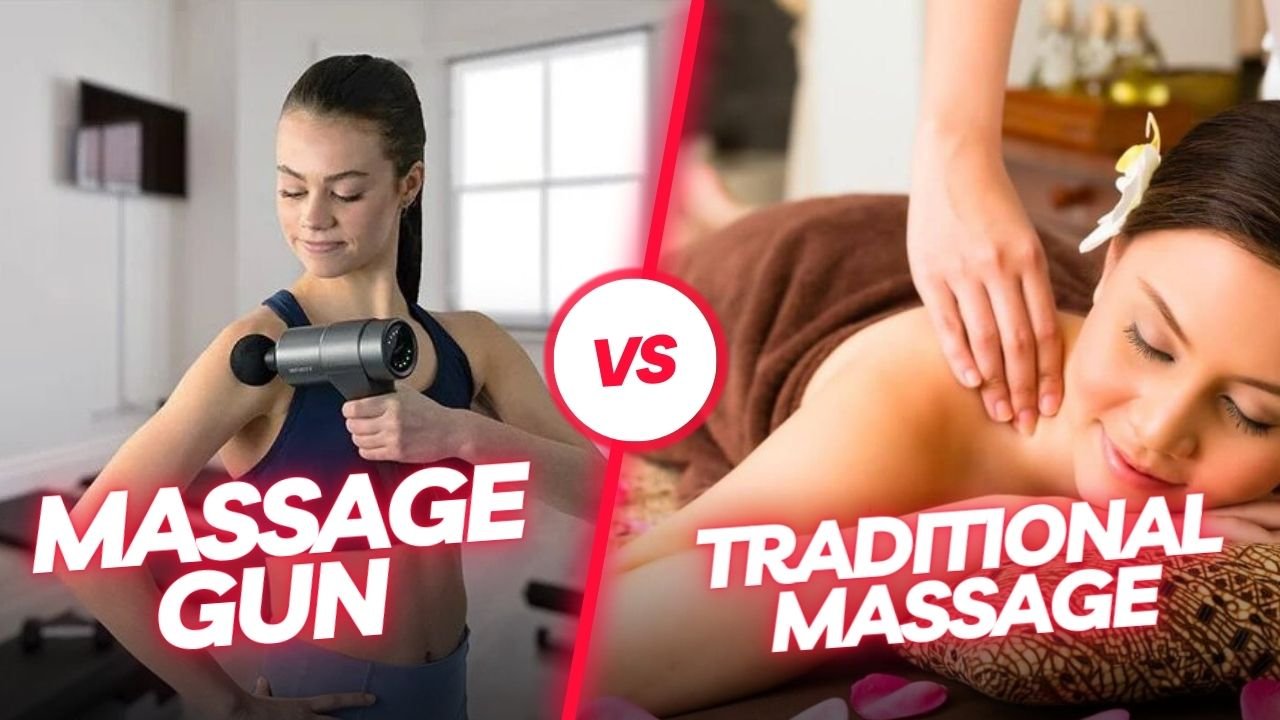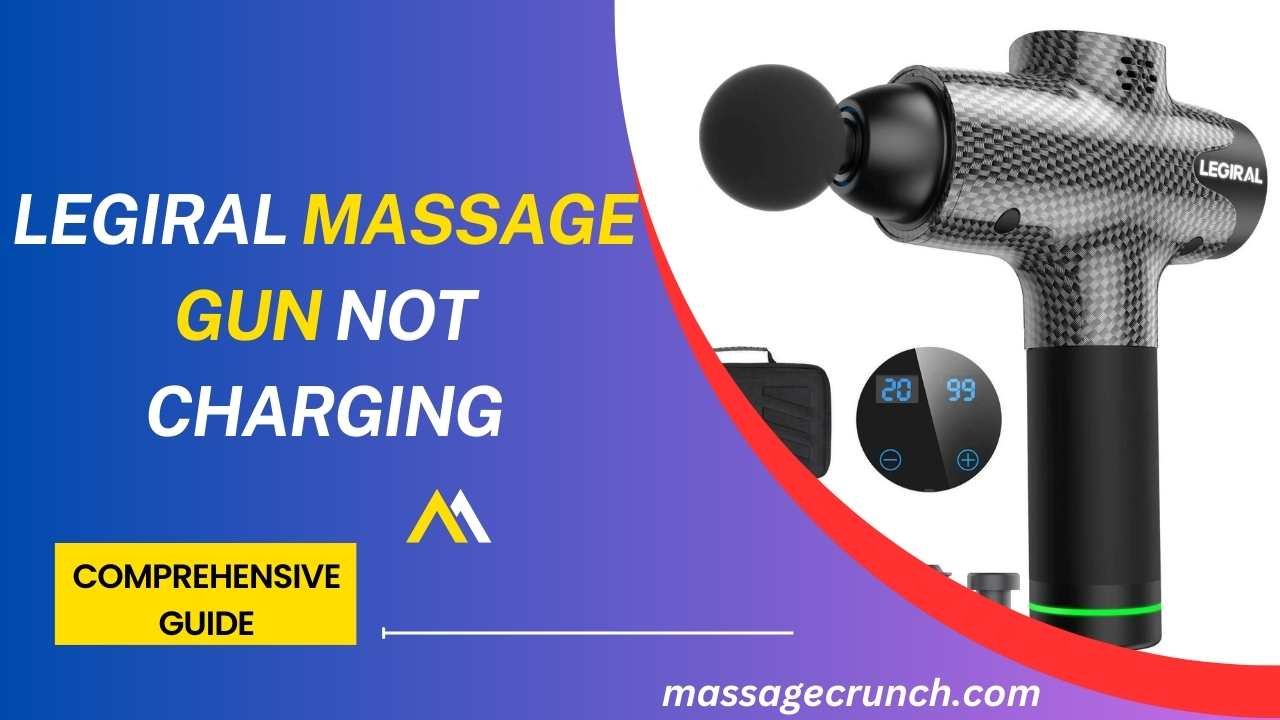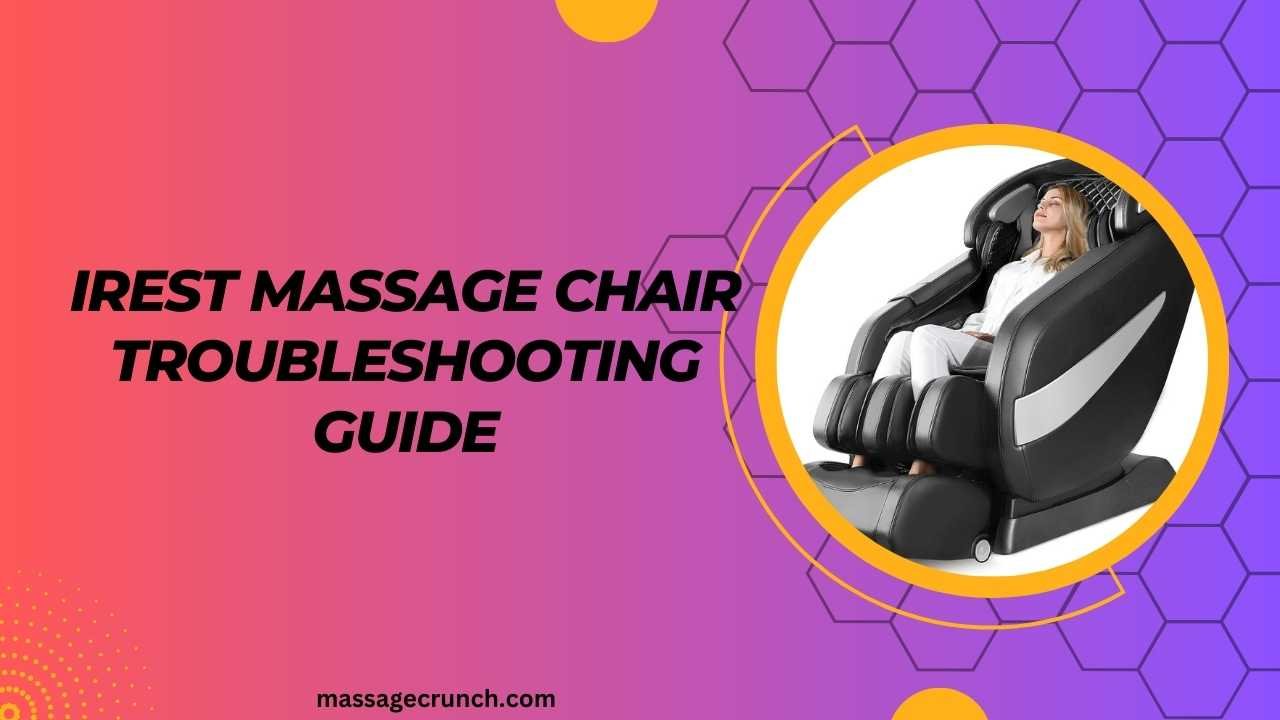In today’s fast-paced world, people are constantly seeking effective ways to relieve stress, alleviate muscle tension, and improve overall well-being. Two popular options that have gained prominence in recent years are massage guns and traditional massages. Both methods offer their own set of advantages and disadvantages, catering to different preferences and needs. In this article, we will delve into the pros and cons of massage guns and traditional massages, helping you make an informed choice for your relaxation and recovery needs.
In the quest for relaxation and muscle relief, massage therapy has always been a go-to solution. However, with the advent of technology, massage guns have emerged as a popular alternative to traditional massages. Before we delve into the pros and cons of each, let’s understand what these methods entail.
Table of Contents
Understanding Massage Guns
What is a Massage Gun?
A massage gun, also known as a percussion massager, is a handheld device designed to provide rapid, targeted muscle stimulation. It utilizes percussive or vibrational therapy to alleviate muscle tension and soreness.
How Does It Work?
Massage guns work by delivering rapid bursts of pressure into the muscle tissue. This action helps improve blood circulation, release knots, and reduce muscle stiffness. Individual tastes can frequently be accommodated by adjusting the massage gun’s speed and intensity.
Pros of Using a Massage Gun
- Efficiency: Massage guns offer quick relief, making them ideal for those with busy schedules.
- Targeted Relief: They allow you to pinpoint specific areas of discomfort or tension.
- Portability: You can use them at home or on the go.
- Customization: Most massage guns offer multiple intensity levels.
- Convenience: No need to book appointments or travel to a spa.
Cons of Using a Massage Gun
- Cost: Quality massage guns can be expensive.
- Skill Required: Using them effectively may require some practice.
- Noise: Some models can be loud.
- Battery Life: They require recharging after extended use.
- Limited Sensory Experience: Lack the soothing ambiance of a traditional massage.

Exploring Traditional Massages
What is a Traditional Massage?
Traditional massages encompass a wide range of techniques, including Swedish, deep tissue, and Thai massages. These methods involve hands-on manipulation of muscles and tissues to promote relaxation and healing.
Techniques and Varieties
The variety of traditional massage techniques allows for a tailored experience, depending on your specific needs. For example, Swedish massages focus on relaxation, while deep tissue massages target muscle knots and tension.
Pros of Traditional Massages
- Expertise: Skilled therapists can provide a personalized experience.
- Holistic Approach: Traditional massages engage multiple senses.
- Stress Reduction: They create a serene atmosphere for relaxation.
- Physical and Mental Benefits: Improved blood flow, reduced anxiety, and enhanced well-being.
- No Equipment Needed: Just book a session at a spa or with a certified therapist.
Cons of Traditional Massages
- Time-Consuming: Appointments may require a significant time commitment.
- Costly: Regular sessions can add up in terms of expenses.
- Scheduling Challenges: Availability may be limited, and you might need to book in advance.
- Lack of Portability: Traditional massages are location-dependent.
- Potential Discomfort: Some techniques can be painful or uncomfortable.
Comparing Effectiveness
When it comes to effectiveness, both massage guns and traditional massages have their strengths and weaknesses.
Immediate Relief
Massage guns excel in providing quick relief for muscle soreness and tension. Their targeted approach and adjustable settings make them a go-to choice for immediate comfort.
Traditional massages, on the other hand, may require a longer session to achieve similar results, but they offer a more holistic and immersive experience.
Long-Term Benefits
While massage guns are convenient for on-the-spot relief, traditional massages are often recommended for long-term benefits. Regular sessions can lead to improved flexibility, reduced chronic pain, and enhanced overall well-being.
Targeted Muscle Groups
Massage guns are excellent for targeting specific muscle groups, making them ideal for athletes or individuals with localized muscle issues. Traditional massages can also be customized but are generally more comprehensive.
Cost Considerations
Upfront Costs
Massage guns require an initial investment, but they can potentially save you money in the long run compared to frequent spa appointments.
Traditional massages involve ongoing costs, as you typically pay per session.
Ongoing Expenses
Traditional massages can become costly over time, especially if you opt for regular sessions. Massage guns have a one-time purchase cost, making them more budget-friendly in the long term.
Convenience and Accessibility
At-Home vs. Professional Sessions
Massage guns offer the convenience of at-home use, allowing you to enjoy a massage whenever you desire. Traditional massages require scheduling appointments and traveling to a spa or therapist’s office.
Scheduling and Availability
Booking a traditional massage often requires advance planning, while massage guns are available for use 24/7.
Safety and Precautions
Risk of Injury
Using a massage gun improperly can lead to injuries or worsen existing conditions. Traditional massages, when performed by trained therapists, come with lower risks.
Contraindications
Certain medical conditions may make one option more suitable than the other. Always consult with a healthcare professional before choosing a massage method.
Personal Preferences
Sensory Experience
Traditional massages engage the senses with soothing music, essential oils, and a calming ambiance. Massage guns lack this sensory experience.
Time Commitment
Massage guns offer quick sessions, while traditional massages may require an hour or more of your time.
FAQs
- Are massage guns suitable for everyone?
- Massage guns are generally safe for most people, but individuals with certain medical conditions should consult a healthcare professional before using them.
- How often should I get a traditional massage?
- The frequency of traditional massages depends on your specific needs and budget. Some people opt for monthly sessions, while others choose less frequent visits.
- Can massage guns replace traditional massages completely?
- While massage guns offer quick relief, traditional massages have unique benefits. Some individuals may prefer a combination of both for maximum results.
- Use of a massage gun has any adverse effects?
- When used correctly, massage guns have few side effects. However, using them improperly or for extended periods can lead to muscle soreness or bruising.
- Which choice is more economical over the long term?
- Massage guns have a higher initial cost but can be more cost-effective over time, especially if you use them regularly. Traditional massages involve ongoing expenses per session.
Also Read: Massage Gun: A PT Game-Changer!
Conclusion
In the battle of Massage Gun vs. Traditional Massage, the winner depends on your individual preferences and needs. Massage guns offer convenience and immediate relief, while traditional massages provide a holistic and sensory-rich experience. Consider your budget, time availability, and specific muscle concerns when making your choice.
So, whether you choose the high-tech convenience of a massage gun or the timeless tradition of a hands-on massage, both methods can contribute to your overall well-being.





This entrance is unbelievable. The splendid substance displays the creator’s dedication. I’m overwhelmed and anticipate more such astonishing posts.